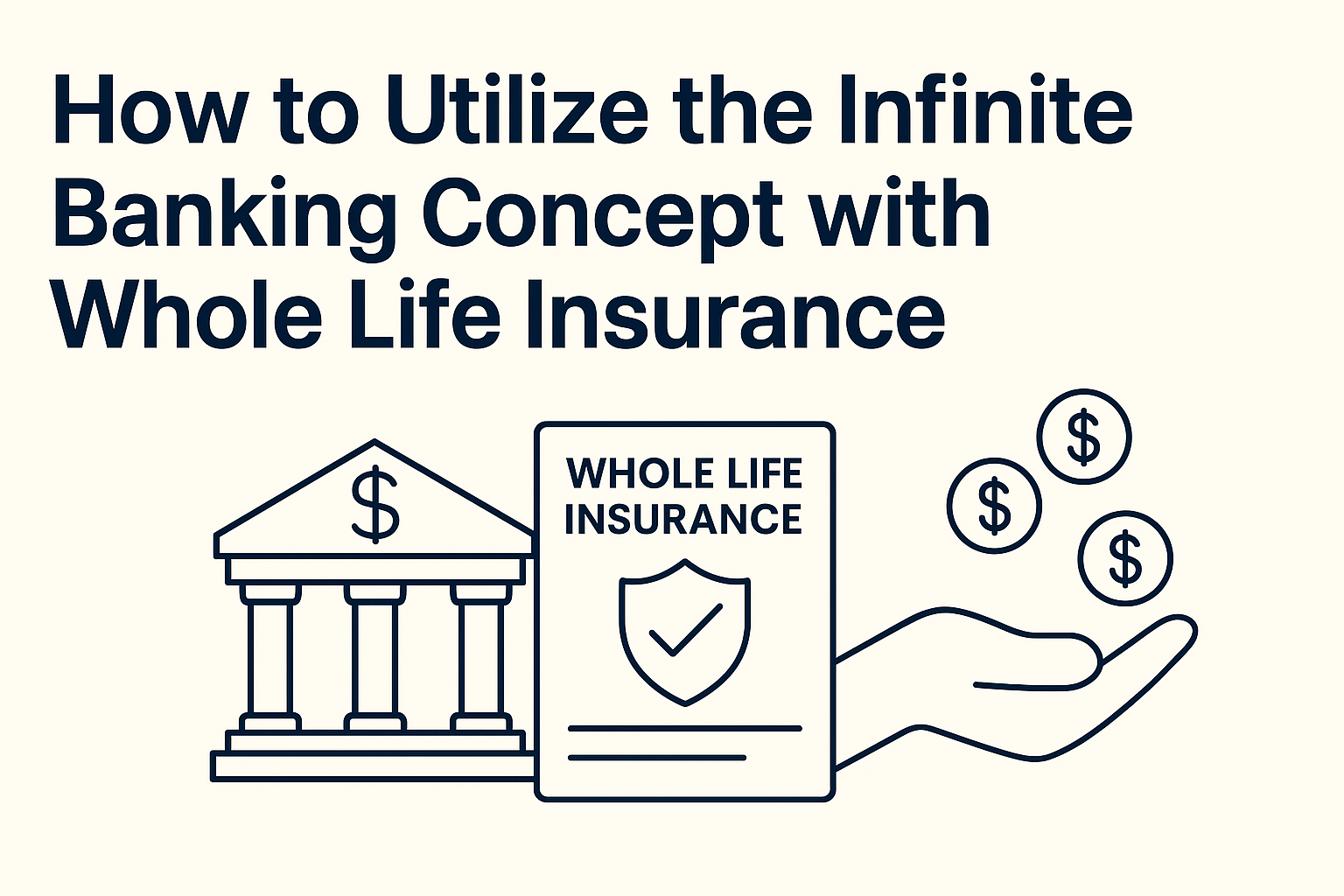
Are you looking for a reliable way to protect your loved ones financially and build wealth over time? Whole life insurance might just be the perfect tool for you. This comprehensive guide will break down everything you need to know about whole life insurance, from its definition and how it works to understanding rates and cash value accumulation.
What is Whole Life Insurance?
Whole life insurance, also known as permanent life insurance, provides lifelong coverage coupled with a cash value component. Unlike term life insurance, which only covers a specific period (e.g., 10, 20, or 30 years), whole life insurance remains active for the policyholder’s entire life as long as premiums are paid.
Whole life insurance is particularly attractive because it combines:
- Guaranteed death benefit
- Guaranteed cash value growth
- Fixed premium payments
How Does Whole Life Insurance Work?
When you purchase a whole life insurance policy, you agree to pay regular premiums—monthly, quarterly, or annually. These premiums fund your policy’s death benefit and contribute to a cash value account, which grows tax-deferred at a guaranteed rate.
Death Benefit
The death benefit is a tax-free lump sum paid to your beneficiaries upon your passing. According to the IRS guidelines, death benefits from whole life insurance are typically tax-free, making them a powerful estate planning tool.
Cash Value Accumulation
A unique advantage of whole life insurance is its cash value component, which grows steadily and predictably over time. Policyholders can access this cash value through loans or withdrawals, providing a flexible resource for emergencies, education costs, or retirement planning.
To visualize how your policy’s cash value grows, insurers provide a Whole Life Insurance Cash Value Chart. This chart clearly shows how your policy’s value accumulates year by year, helping you understand your financial growth.
Whole Life Insurance Rates By Age
One significant factor affecting whole life insurance premiums is your age at the time of application. Generally, younger individuals pay lower premiums because their risk of death is statistically lower. As you age, premiums typically rise. Here's a simple breakdown to illustrate average Whole Life Insurance Rates By Age:
|
Age |
Monthly Premium (Approx.) |
|
25 |
$60 |
|
35 |
$85 |
|
45 |
$140 |
|
55 |
$225 |
|
65 |
$350 |
Note: Rates vary by insurer, health condition, and policy details.
It's advisable to lock in rates while you're younger and healthier to secure the most affordable premiums.
Benefits of Whole Life Insurance
Guaranteed Coverage
Unlike term life insurance, whole life insurance does not expire, ensuring your beneficiaries will receive financial support regardless of when you pass away.
Tax Advantages
Whole life insurance offers substantial tax benefits, including tax-free death benefits and tax-deferred growth of cash value.
Financial Security and Stability
With guaranteed premium payments and cash value growth, whole life insurance provides stability that can act as a cornerstone of your financial planning.
Potential for Dividends
Some whole life policies, known as participating policies, pay dividends. While not guaranteed, these dividends can be used to increase your cash value, reduce premiums, or even provide additional insurance coverage.
Common Misconceptions about Whole Life Insurance
Myth: Whole Life Insurance is Too Expensive
While premiums can be higher compared to term insurance, the long-term benefits, such as guaranteed cash value growth and lifelong coverage, often outweigh the initial costs. It’s important to assess whole life insurance as a long-term investment rather than just an expense.
Myth: Term Insurance is Always Better
Term life insurance is beneficial for temporary coverage needs. However, whole life insurance is superior for those seeking permanent coverage, estate planning solutions, and tax-deferred wealth accumulation.
Is Whole Life Insurance Right for You?
Whole life insurance is ideal if you:
- Seek lifelong coverage.
- Want predictable, guaranteed cash value growth.
- Are interested in using life insurance as a financial planning tool (e.g., retirement or estate planning).
- Prefer fixed premium payments for the duration of the policy.
Actionable Advice:
To better understand how whole life insurance fits your financial goals, explore our comprehensive resources. Our And Asset Vault offers invaluable tools, including policy calculators, audiobooks, courses, and personalized guidance.
FAQs About Whole Life Insurance
How do I access my policy’s cash value?
You can access your policy’s cash value through loans or withdrawals. Loans are typically tax-free and can be repaid on your terms, though interest will accrue.
Can my premiums ever increase?
No, whole life insurance premiums remain fixed throughout the policy’s life, providing financial predictability and peace of mind.
What happens if I stop paying premiums?
If you stop paying premiums, your policy could lapse, but many insurers offer options to maintain your coverage using accumulated cash value or reducing your death benefit to keep coverage active.
Can I use whole life insurance for retirement?
Yes, the cash value component of whole life insurance can be a strategic addition to your retirement plan, providing supplemental income or a financial safety net.
Conclusion
Whole life insurance is an excellent solution if you're seeking permanent coverage, guaranteed cash value growth, and financial stability. By clearly understanding how premiums work, exploring Whole Life Insurance Rates By Age, and analyzing your Whole Life Insurance Cash Value Chart, you can confidently incorporate whole life insurance into your financial strategy.
If you’re considering whole life insurance or have questions, schedule a call with our BetterWealth team. Our expert advisors will help you determine if whole life insurance aligns with your unique financial goals.





